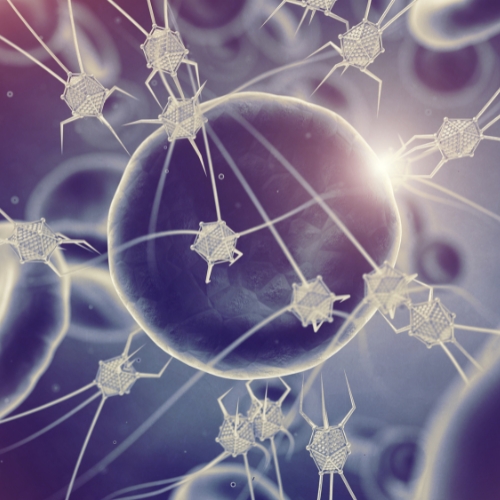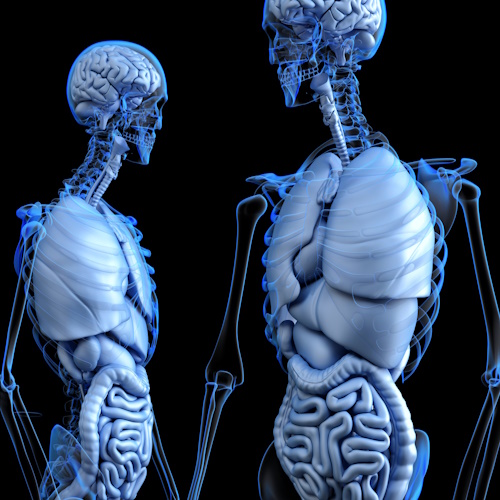Key points from article :
Researchers at North Carolina State University have developed a novel 3D printing technique to create paper-thin “magnetic muscles” that can power origami-inspired robots for targeted medicine delivery. By embedding ferromagnetic particles into flexible rubber-like elastomers, the team produced a thin magnetic film that can be applied directly to folded origami structures. When exposed to a magnetic field, these films act as actuators, moving the origami precisely without interfering with its delicate mechanics. The work is detailed in Advanced Functional Materials, with Xiaomeng Fang, assistant professor at the Wilson College of Textiles, as the lead author.
The team’s primary robot was designed to deliver drugs to stomach ulcers, using the Miura-Ori origami pattern, which folds a large flat surface into a compact form. The magnetic films attached to facets of the origami allow it to open and navigate inside the stomach when guided by external magnets. In tests using a mock stomach—a plastic sphere filled with warm water—the robot was successfully guided to the ulcer site, unfolded, and remained in place for controlled drug release. This demonstrates the potential of origami robots for minimally invasive, targeted therapy.
A key challenge in previous approaches was generating enough magnetic force. High concentrations of ferromagnetic particles usually prevent the rubber from curing properly due to UV absorption. The team overcame this by placing a hot plate underneath during printing, allowing higher particle concentrations and stronger magnetic actuation. Fang explained that this was the real breakthrough, enabling the robot to move reliably while keeping its thin, compact form.
The study highlights the versatility of these soft magnetic muscles, which can work with various origami designs. Beyond medicine delivery, Fang notes that the technology could have applications in biomedicine, robotics, and even space exploration, where precise, small-scale actuation is crucial. This innovation opens new possibilities for tiny, controllable robots capable of performing complex tasks in constrained environments.








